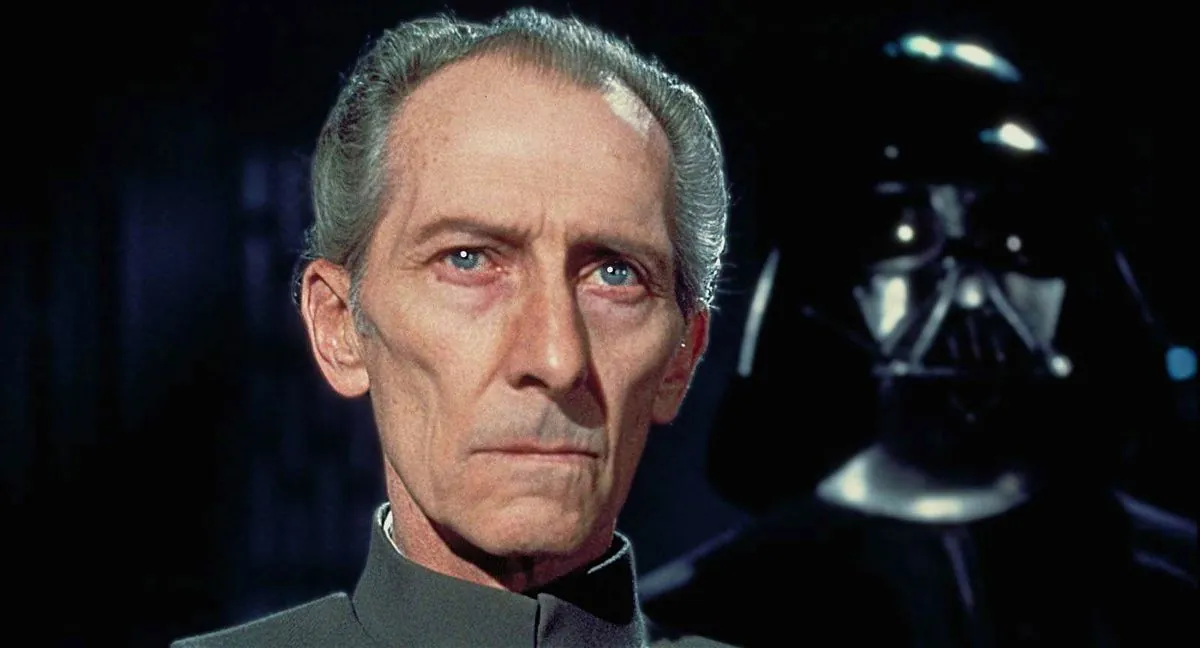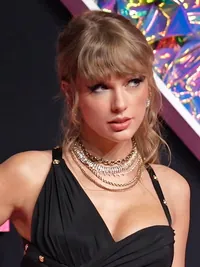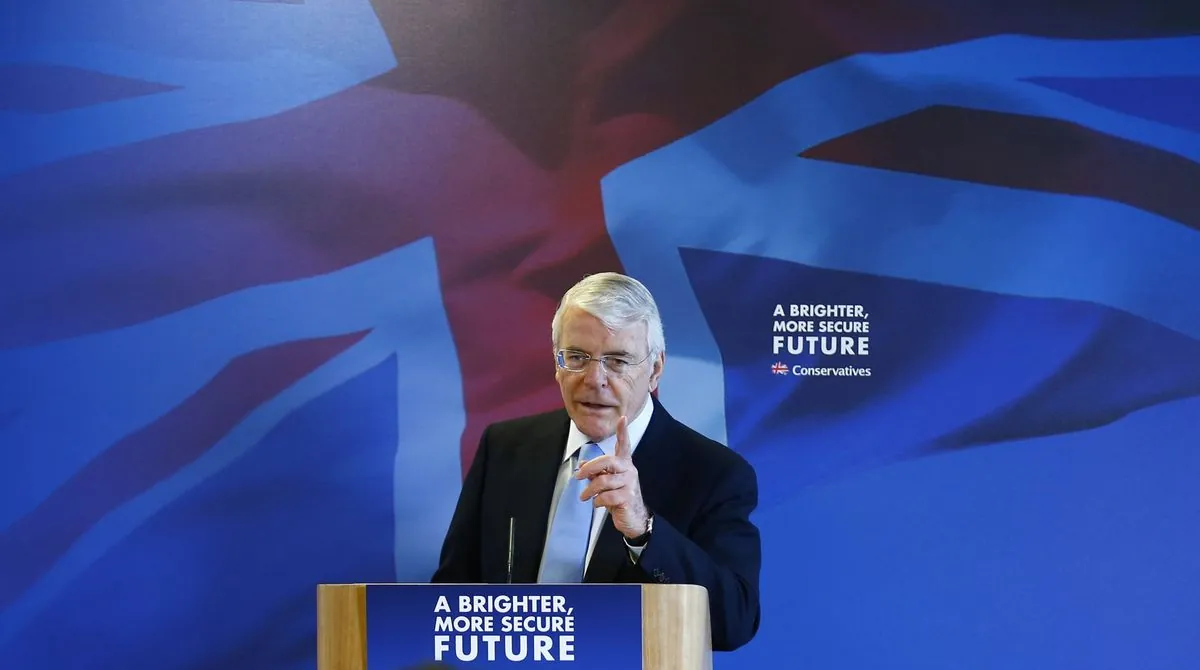Disney Faces Legal Battle Over Peter Cushing's Digital Resurrection in Star Wars
Tyburn Film Productions sues Disney over Peter Cushing's digital appearance in "Rogue One: A Star Wars Story," claiming contract violation. High Court allows case to proceed to trial.

A legal dispute has emerged between Disney and Tyburn Film Productions over the digital recreation of Peter Cushing's likeness in the 2016 film "Rogue One: A Star Wars Story." The London-based production company alleges that the use of Cushing's image violates a pre-existing contract.
Peter Cushing, whose acting career spanned over six decades, originally portrayed Grand Moff Tarkin in the 1977 Star Wars film. The character was digitally resurrected for "Rogue One" using special effects to alter the appearance of actor Guy Henry. This technique, combining motion capture and CGI, has sparked ethical debates in the film industry.
The High Court has recently ruled that the case should proceed to trial, with Deputy Judge Tom Mitcheson KC stating that a "full factual inquiry" is necessary. This decision comes despite the judge being "far from persuaded" of Tyburn Film Productions' likelihood of success.
Tyburn claims their agreement with Cushing, made before his passing in 1994, gave them veto power over the recreation of his image using special effects. The company asserts that Lucasfilm and Lunak Heavy Industries received "unjust enrichment" by using Cushing's likeness without permission.

Conversely, Lucasfilm and Lunak Heavy Industries argue that they owned the rights to use Cushing's image from the original movie and did not believe additional permission was required. Their attempt to have the claim dismissed was rejected last December, and a subsequent appeal has now been denied by the High Court.
"Rogue One: A Star Wars Story," set immediately before the events of the original Star Wars film, was a commercial success, grossing over $1 billion worldwide and receiving two Academy Award nominations. It marked the first standalone film in the Star Wars franchise, which has collectively earned more than $10 billion globally.
The case highlights the complex legal and ethical considerations surrounding the digital resurrection of deceased actors. As technology advances, the film industry continues to grapple with these issues, balancing artistic vision with respect for actors' legacies and contractual obligations.
The trial date for this landmark case is yet to be determined, but its outcome could have significant implications for the future use of digital likenesses in the entertainment industry.


































